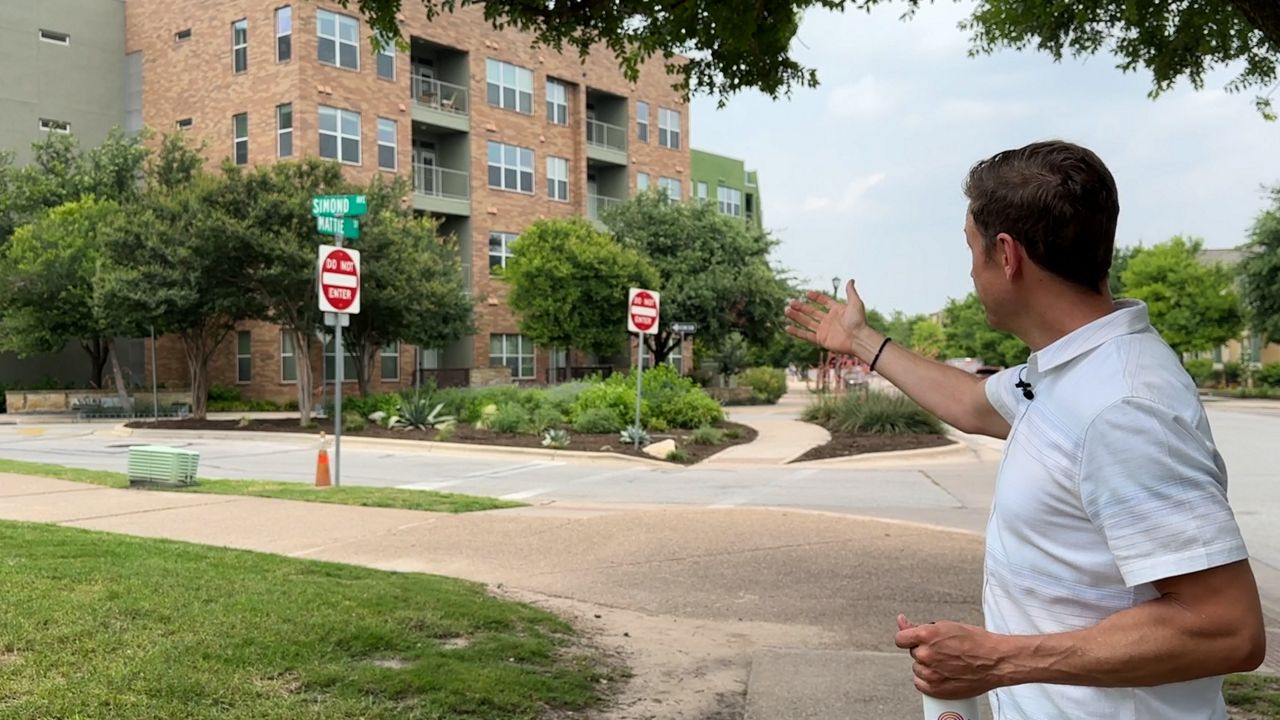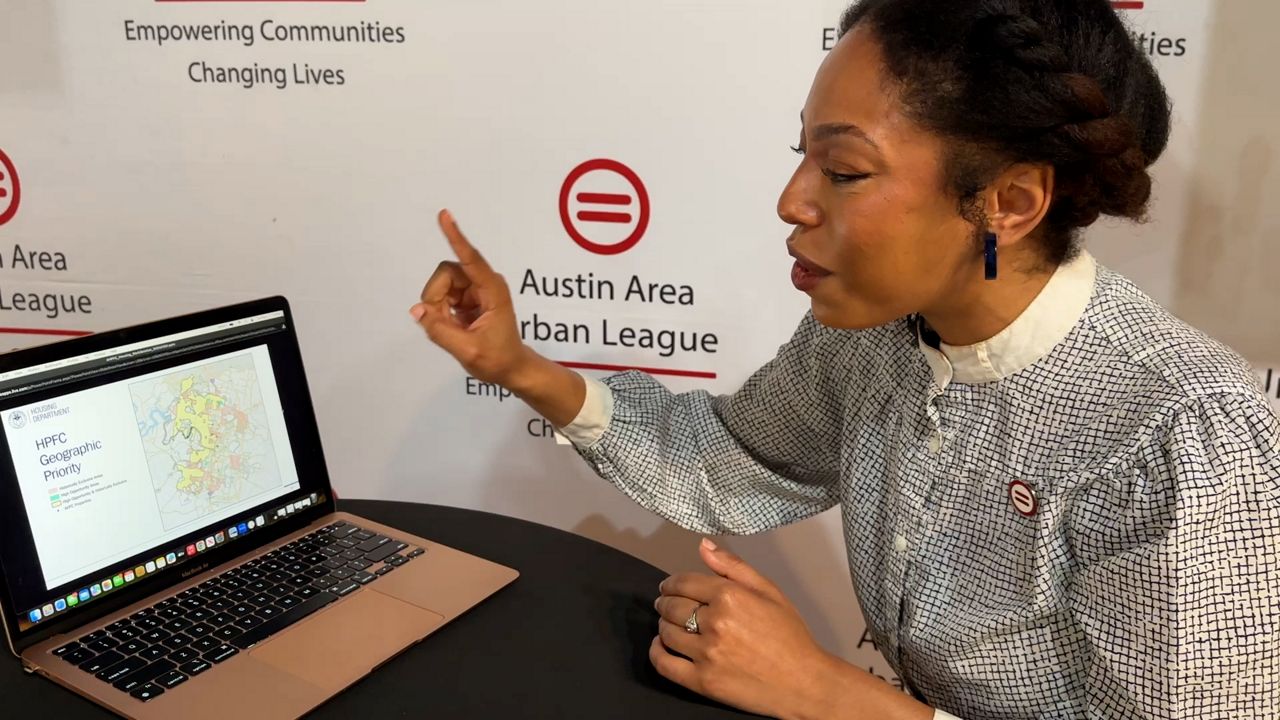AUSTIN, Texas — Austin resident and local Habitat for Humanity Director Greg Anderson has made a career out of advocating for affordable housing in the Capital City and believes recent City Council-approved single-family housing reforms will do just that.
“Nobody is going to force anyone to live a particular way, but for the folks that do care to live next to transit, folks that want to ride their bike or live in neighborhood that’s good to walk, we have to legalize those forms of housing,” Anderson said.
“We legalized things from compatibility reform to equitable transit-oriented development, to HOME Phase 2, which is simply going to allow the many single-family neighborhoods in Austin to have a gentle density added to them and add smaller, more affordable housing to be built for middle-income earners,” Anderson added.

District 4 City Council member Chito Vela says by reducing lot sizes from 5,750 square feet to 1,800 square feet, Austin will finally look more like a metropolis as opposed to the rural Texas capital it was back when the code was last updated in 1946.
“We went from some of the strictest zoning laws in the United States to zoning being on par with our peer American cities,” Vela said. “I think we are much better positioned to create a compact and connected city. Especially the route where our light rail would run.”
The reality in one of America’s fastest-growing cities in need of more than 200,000 middle-income homes per an Austin Board of Realtors report, is that policy changes aren’t perfect. In fact, many of the concerns regarding opportunistic land developers benefiting from these policy changes has been well documented.
“That is already happening. There are developers that will put a $1.5 million house on a single family,” Smith said.
Austinite Yasmine Smith, vice president with the Austin Area Urban League, says it’s important to find common ground while adding onto these measures with incentivized community programs in the coming months.
““What about yes, and, what does it look like to say yes to density, but also say yes to mitigation strategies to ensure that displacement is lessened?” Smith said.

While cities like Houston and Portland have tapped into similar models to create affordable housing, Anderson hopes Austin in the months and decades to come will become the best example of turning crisis into neighborly co-existence.
“If someone wants to set their house further back, they’re still allowed to, but now instead of saying we require you to have a lot of grass in your front yard, we’re going to allow you to have more home, and even a home or two in your backyard or a bigger backyard if you do choose,” Anderson said.











